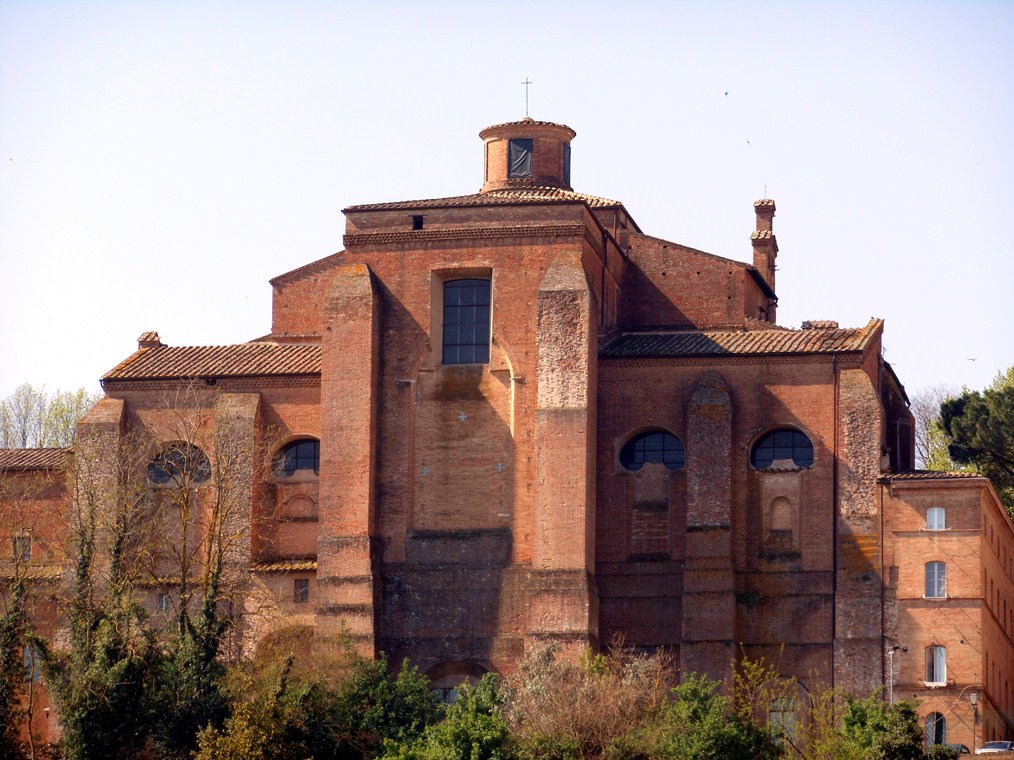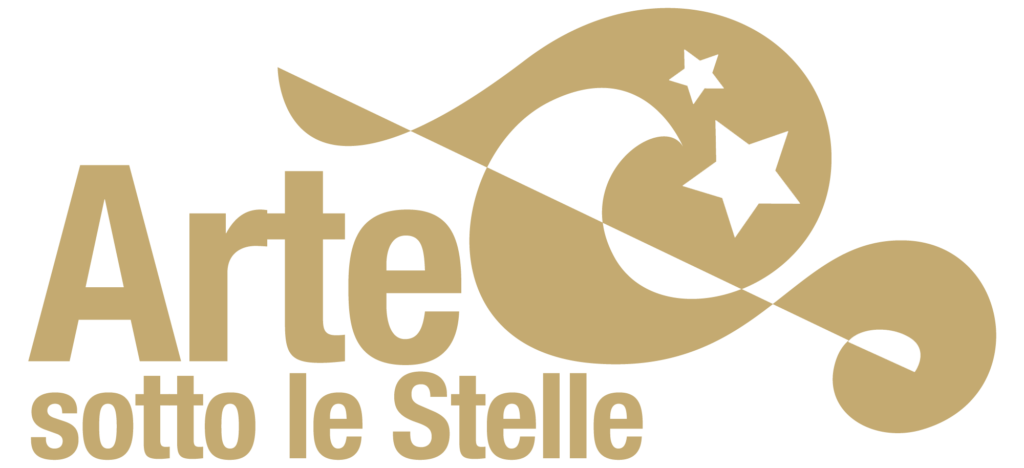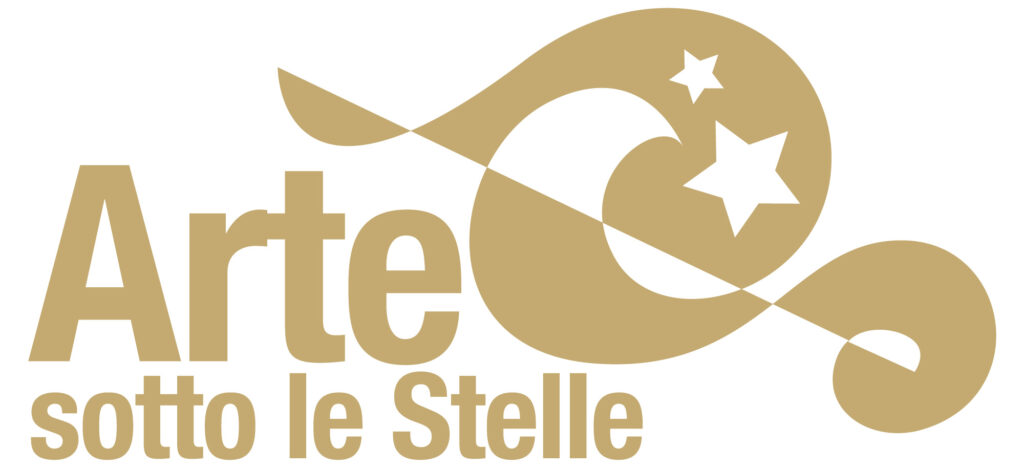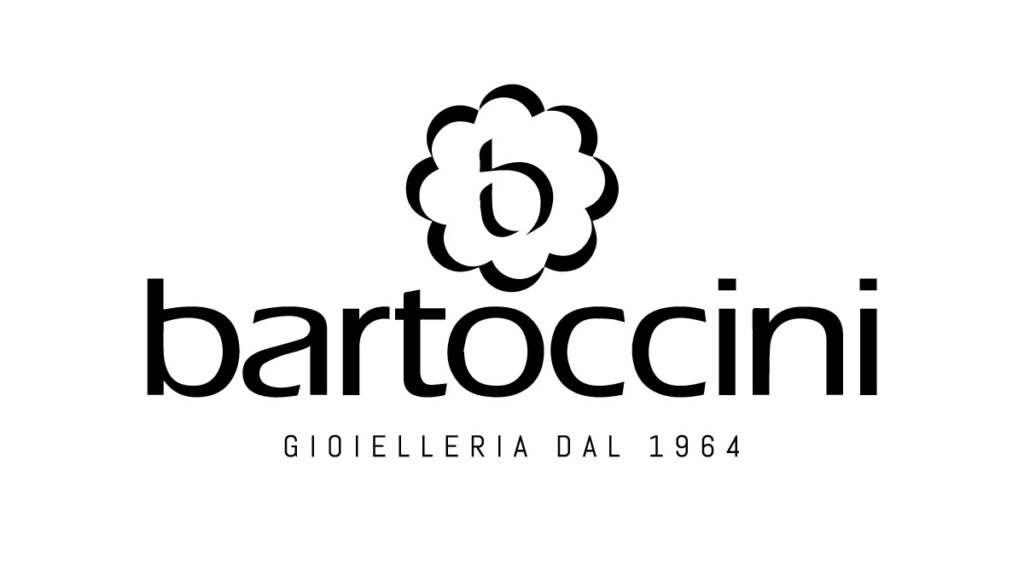Church of Sant’Agostino – Siena
The works began in 1259 and lasted for over fifty years, supported by donations from the City, the Hospital of Santa Maria della Scala and private citizens. At the end of the century the great transept was built, which made it necessary to build a crypt to fill the difference in level of the ground below the eastern body.
It is difficult to state exactly when the church was finished but it must have been already in 1398, when, as documents show, a violent storm caused half of the bell tower to fall.
Later, the Augustinian fathers enriched the interior with some works realized by the best artists who lived in those centuries but, just before the mid-eighteenth century, some of these works were unfortunately lost in a terrible fire. An expensive restoration of the building (1747-1755) was therefore begun on a design by the architect Luigi Vanvitelli, who gave the church its current appearance. In the meanwhile, the neoclassical porch overhanging the facade, designed by Agostino Fantastici (1818), was also built.
Following the various suppressions that followed from the second half of the 1700s until after the unification of Italy, the whole convent complex was confiscated by the State, and only the church for liturgical use and parish seat remained. The Augustinian friars, going through alternating phases, left the site definitively in 1972; today the church is rarely officiated, while remaining used for worship, and preserves a significant heritage of works of art.
The church has a Latin cross plant and a single large nave; from the right side it is possible to access the chapel of the Piccolomini family, where the Majesty of Ambrogio Lorenzetti (1338 ca.) and the Adoration of the Magi of Sodom (1530) are preserved. The side walls of the central hall are punctuated by a series of stucco pillars that intersperse the polychrome marble altars, erected between the sixteenth and seventeenth centuries.
The focal point of the church is the monumental marble altar built in 1608 by Flaminio Del Turco, in the center of which there is an imposing temple ciborium surrounded by angels, a late seventeenth-century work by the Mazzuoli brothers. Along the walls each altar preserves precious paintings: in addition to the the famous Crucifixion (Pala Chigi) by Perugino, there are the major representatives of late Mannerism and early Baroque Siena such as Francesco Vanni, Alessandro Casolani, Ventura Salimbeni, Pietro Sorri and Astolfo Petrazzi, as well as Giovanni Francesco Romanelli from Viterbo and Carlo Maratta from Marche. In the right transept, inside the Bichi Chapel, important frescoes have been recently found, covered during the Vanvitellian reconstruction, attributable to Luca Signorelli, Francesco di Giorgio and collaborators. In the left transept there is a wooden statue of Saint Nicholas of Tolentino, a late fifteenth-century work by Giacomo Cozzarelli, a fresco by the Sienese Mannerist Bartolomeo Neroni known as Riccio and the famous painting of the temptations of Saint Anthony in the desert, made by Rutilio Manetti in 1630.











